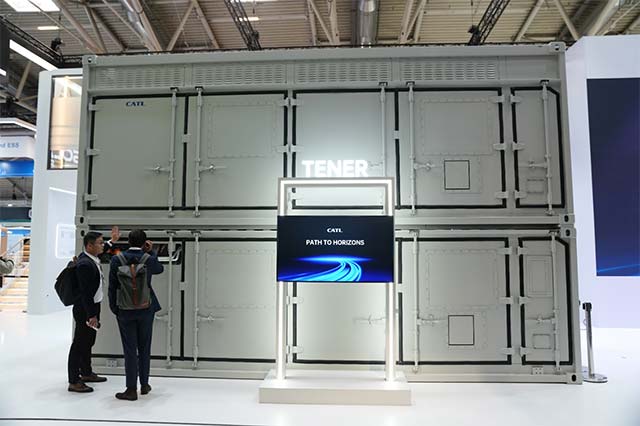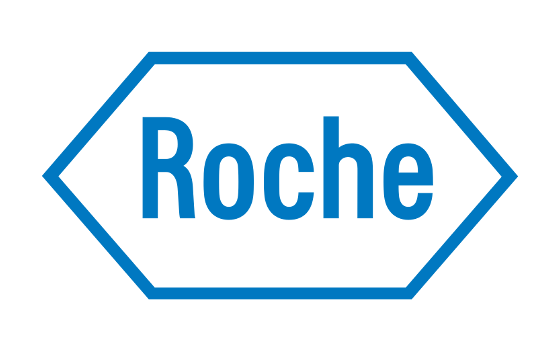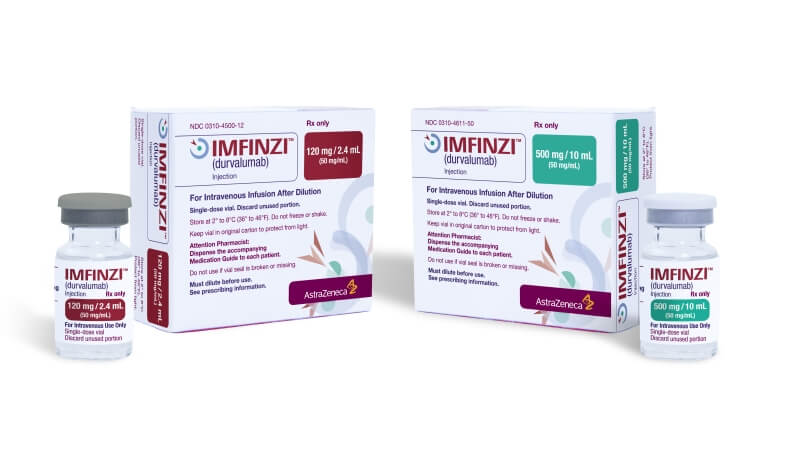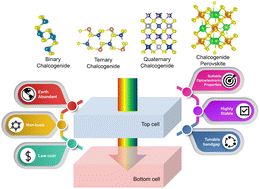Porphyrin‐framed PAF Based Single‐Ion Lithium Salt Boosting Quasi Solid‐State Lithium‐Ion Battery Performance at Low Temperatures
Advanced Energy Materials, Volume 15, Issue 17, May 6, 2025.

In this work, a single-ion lithium salt based on a porous aromatic framework (PAF-322-Li) with porphyrin moiety was designed and prepared, and thus a single-ion electrolyte consisted of PEO, LiTFSI, and PAF-322-Li was developed. The electrolyte provided high discharge capacity and cycling stability at room temperature, and stable cycling at low-temperature of −20 °C, affording the potential forlow-temperature lithium-ion battery.
Abstract
The unsatisfactory electrochemical performance of solid polymer electrolytes (SPEs) at low temperatures limits their application in lithium-ion batteries (LIBs).In this study, a single-ion lithium salt based on a porous aromatic framework (PAF-322-Li) with porphyrin moiety capable of restricting bis(trifluoromethanesulfonyl)imide anion (TFSI−) and thus facilitating the Li+ migration is designed and prepared, which is then compounded with polyethylene oxide (PEO) and lithium bis((trifluoromethyl)sulfonyl)azanide (LiTFSI) to obtain a single-ion SPE with a transfer number (tLi +) of 0.85 (PEO/PAF-322-Li) and a high ionic conductivity of 0.088 mS cm−1 at −20 °C. The charge/discharge test of the LIB assembled with PEO/PAF-322-Li is conducted at −20 °C, 0.2 C, and the initial discharge capacity is 119 mAh g−1, which can be stably cycled 400 times with a capacity retention rate of 86.5%. The PAF-322-Li helped form 3D Li+ transport channels through the π-conjugation between Li+ and a large number of Lewis basic porphyrin moieties, which synergized with the PEO to transport Li+ efficiently, especially at low temperatures. Furthermore, the PAF-322-Li effectively inhibits the anion migration in SPEs, reducing the concentration polarization and inhibiting the lithium dendrite growth, which is helpful for the long and stable cycling performance of LIBs. This advancement paves the way for expanded applications of LIBs in cold regions.
















































































































































